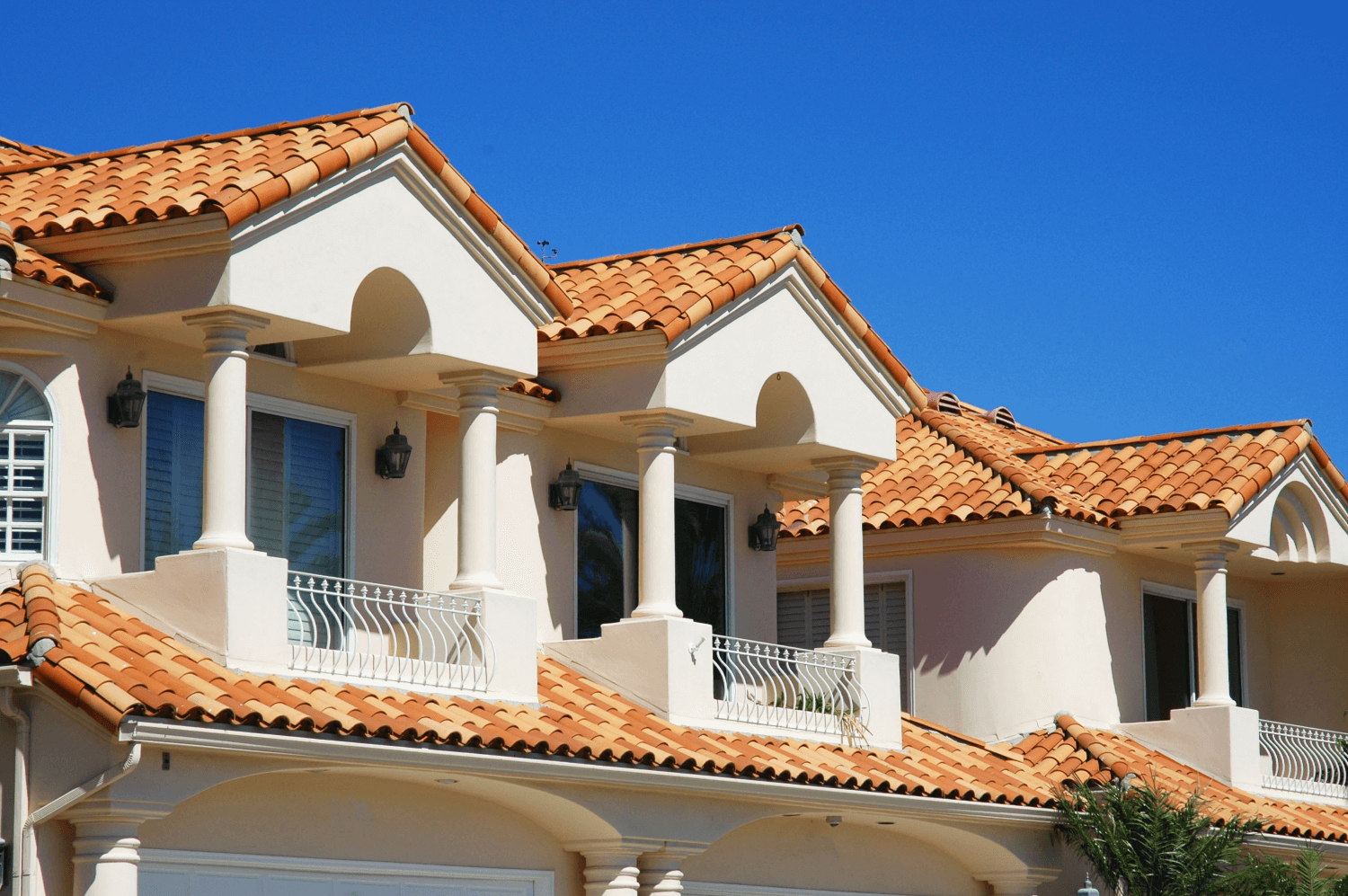

The two ridges are perpendicular to each other. The triangle section can be left open for an open gable roof, or it can be enclosed for a boxed gable roof.Ĭrossed Gable: A crossed gable roof is two gable roof sections put together at a right angle.

It has two equal panels pitched at an angle, meet at a ridge in the middle of a building. Side Gable: A side gable is a basic pitched roof. However, if the roof also contains hips and valleys, it should either be shingled or roofed with metal shingles or standing seam to help prevent roof leaks. Materials: Gabled roofs can be covered with almost any type of material including asphalt shingles, cedar shakes, metal, and clay or concrete tiles. If a gable roof is used in high wind areas, be sure proper braces are used and have the roof inspected after a large storm to ensure no damage has occurred. If there is too much of an overhang, winds can create an uplift underneath and cause the roof to detach from the walls. High winds can also cause materials to peel away from gable roofs. If the frames are not properly constructed with adequate supports, the roof can collapse. The Cons: Gable roofs can be problematic in high wind and hurricane areas.

Their inherently simple design makes it easy to build them and cheaper than more complex designs. The Pros: Gable roofs will easily shed water and snow, provide more space for the attic or vaulted ceilings and allow more ventilation. They are easily recognized by their triangular shape. Also known as pitched or peaked roof, gable roofs are some of the most popular roofs in the US.


 0 kommentar(er)
0 kommentar(er)
